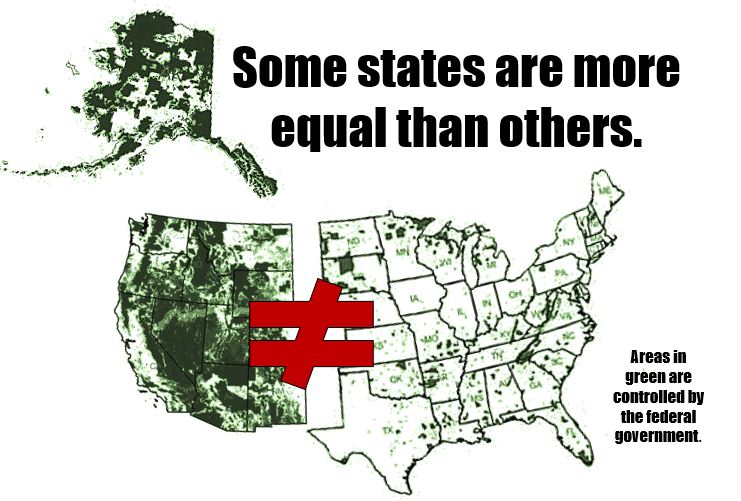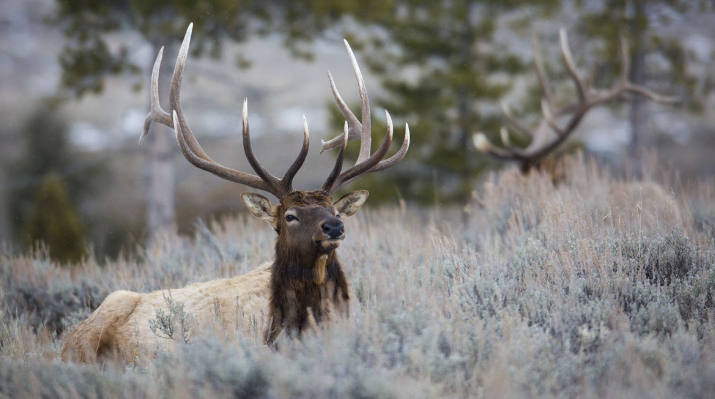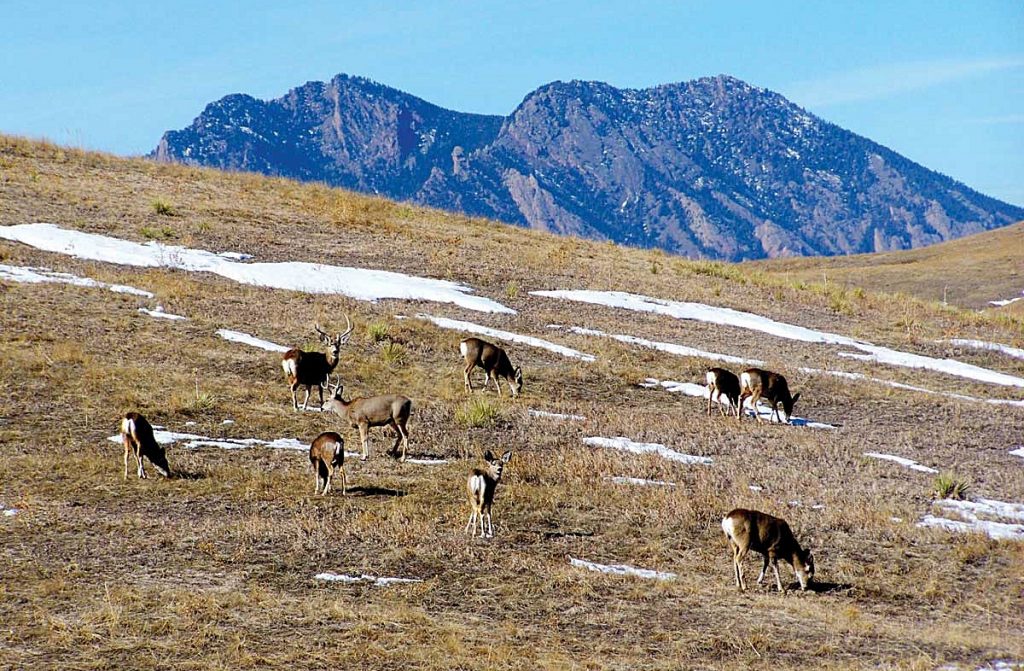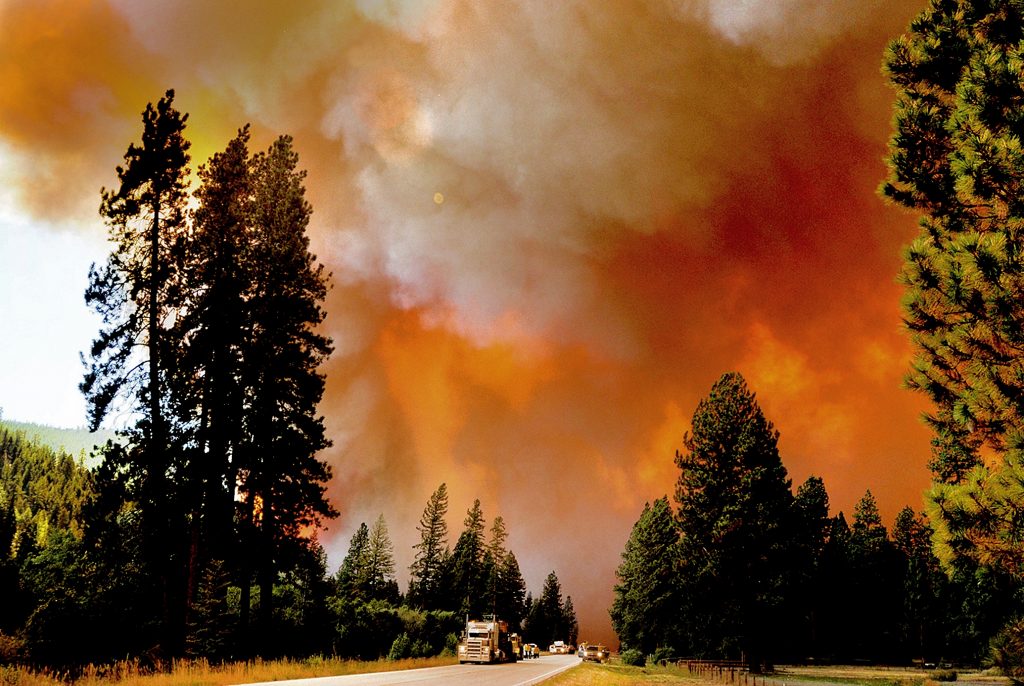States protect the environment at a better cost to citizens. State land managers fulfill all the same environmental laws a federal land manager would. State land managers do all the same work and economically out-perform federal land managers when it comes to cost. I often see them do this by a ratio of $10 to $1 — sometimes even better.
Jennifer Fielder
Putting local leaders in the driver’s seat
There’s a dividing line cutting the United States in half. No, I’m not talking about the Mississippi river, or the Appalachian Mountains or one of the continental divides. I’m talking about a policy divide between the Western states and the Eastern states. The difference is land management. The Western states should be allowed to do the same thing that the Eastern states can — control their local land.
Start with my home state of Montana, and then draw a line down the eastern borders of Wyoming, Colorado and New Mexico. To the east of that line, less than five percent of the land is controlled by the federal government. But to the west of that line, more than 50 percent of the land is controlled by the federal government. The difference is ridiculous, especially when you see it plotted out on a map.
Now, I know what you’re thinking. The federal government controls this land to make sure it is kept public and to protect the wildlife. But there’s no reason states can’t do this for themselves. The Eastern states make that clear, and the Transfer of Public Lands Act I developed focuses on making sure those marks are made.
The Transfer of Public Lands Act requires federal public land to remain as state public land after the transfer. It also requires existing mineral, grazing and water rights to remain as is after the transfer. This means the transfer won’t cause some crazy shift in what’s happening.
The act also puts local leaders in the driver seat. It requires the state to engage the counties affected by the change. This gives the local individual a greater say in protecting the environment — and protecting the environment one cares about since it’s basically your backyard now.
But it’s not just that. States protect the environment at a better cost to citizens. State land managers fulfill all the same environmental laws a federal land manager would. State land managers do all the same work and economically out-perform federal land managers when it comes to cost. I often see them do this by a ratio of $10 to $1 — sometimes even better.
Not only do states do it better when it comes to costs, management savvy and the environment, states are better suited to use the income from public lands properly. Since states are closer to the people and the only governments in the United States passing a balanced budget, you can be sure any money brought in from public lands won’t be mismanaged and wasted by the federal government.
Instead, states will pay for the upkeep of the public land and ensure proper protections from disasters like wildfires are in place. And they’ll do so in a fiscally responsible way. Any revenues left over can be put directly toward schools, roads and public safety, according the Transfer of Public Lands Act.
This isn’t about removing beautiful landscapes from our states. It’s about protecting them and making sure they remain beautiful for future generations. It’s about letting the people in those states be the ones to manage the land. It’s about being fiscally responsible and not being wasteful with hardworking taxpayer money.
Free Range Report
Thank you for reading our latest report, but before you go…
Our loyalty is to the truth and to YOU, our readers!
We respect your reading experience, and have refrained from putting up a paywall and obnoxious advertisements, which means that we get by on small donations from people like you. We’re not asking for much, but any amount that you can give goes a long way to securing a better future for the people who make America great.
[paypal_donation_button]
For as little as $1 you can support Free Range Report, and it takes only a moment.



